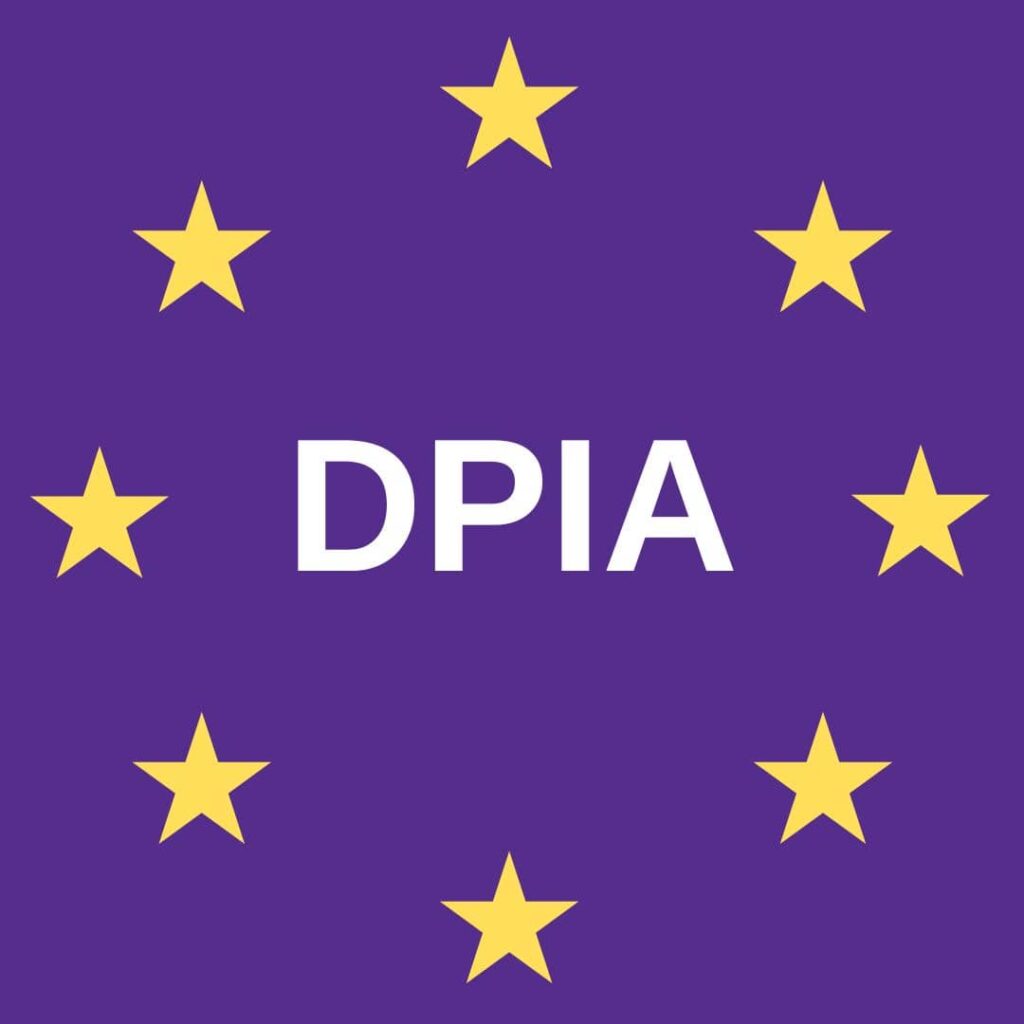In today’s digital age, protecting individuals’ privacy and personal information is of paramount importance. With the advent of stringent data protection regulations like the General Data Protection Regulation (GDPR) and others worldwide, organisations are obligated to assess and mitigate the risks associated with processing personal data. One of the key tools in this endeavour is the Data Protection Impact Assessment (DPIA). But what exactly is a DPIA, and why is it crucial in the realm of data protection?
Understanding DPIA:
A Data Protection Impact Assessment (DPIA) is a systematic process designed to identify and assess the risks arising from processing personal data. Its primary objective is to help organisations identify and minimise privacy risks by evaluating how data processing operations impact individuals’ privacy rights.
Why are DPIAs Necessary?
- Compliance with Regulations: DPIAs are often mandated by data protection regulations such as the GDPR. Conducting DPIAs demonstrates an organisation’s commitment to compliance with these regulations and helps avoid hefty fines for non-compliance.
- Risk Identification and Mitigation: By conducting a DPIA, organisations can identify potential risks and vulnerabilities in their data processing activities. This proactive approach enables them to implement appropriate measures to mitigate these risks, thus enhancing data security and protecting individuals’ rights.
- Enhanced Transparency and Accountability: DPIAs promote transparency by providing stakeholders, including data subjects, regulators and other relevant parties, with insights into how personal data is processed and the associated risks. This fosters accountability and trust between organisations and individuals.
- Strategic Decision-Making: DPIAs facilitate informed decision-making by helping organisations assess the potential impact of their data processing activities on individuals’ privacy rights. This enables them to make strategic choices that align with their data protection obligations and organisational objectives.
Key Components of a DPIA:
- Data Processing Activities: Identify the scope and purpose of the data processing activities being assessed.
- Data Types and Sources: Determine the types of personal data being processed and the sources from which it is obtained.
- Assessment of Risks: Identify and assess the risks associated with the data processing activities, including risks to individuals’ privacy rights and freedoms.
- Risk Mitigation Measures: Implement measures to mitigate identified risks, such as pseudonymisation, encryption, or data minimisation techniques.
- Consultation: Seek input from relevant stakeholders, including data subjects, data protection authorities and other relevant parties, throughout the DPIA process.
- Documentation and Review: Document the DPIA process, findings and decisions taken, and regularly review and update the DPIA as necessary, especially when there are significant changes to the data processing activities.
In an era where data privacy concerns are at the forefront of public discourse, organisations must prioritise the protection of individuals’ personal information. Conducting Data Protection Impact Assessments (DPIAs) is a fundamental step in this journey, enabling organisations to identify, assess and mitigate the risks associated with their data processing activities. By embracing DPIAs as a proactive tool for compliance and risk management, organisations can uphold their commitment to data protection while fostering trust and transparency with stakeholders.
Need help or advice to conduct a DPIA for your organisation? Get in touch with Key Digital today.
